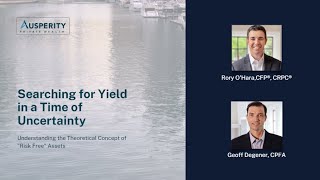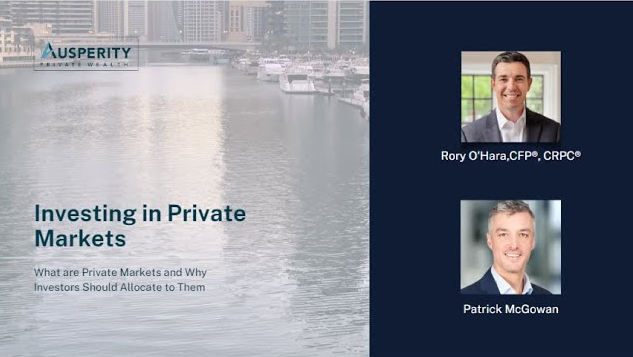1. Shop for Insurance
Health insurance can be invaluable for newborns and parents, so think about adding your baby to your insurance plan as soon as you’re able to. Your insurance often covers the delivery of your baby as well as their post-birth care and subsequent wellness visits. Since having a baby is a qualifying life event, you may be allowed to change policies or upgrade to a higher tier of coverage if it would better suit your family’s needs.
You never know when a sudden injury or illness could keep you from working – and for how long – so disability insurance might also be a wise investment to protect your earning potential. Consider a policy that can cover essential costs like debts, childcare, and different household expenses.
You can also opt for a life insurance plan to replace part of your income in the event of an untimely death. This can serve as a safety net for your loved ones, helping them pay for things like a mortgage, childcare, and college tuition.
2. Get Your Estate Plan in Order
Without important legal documents in place to handle your finances once you’re no longer around, your loved ones may be burdened with unnecessary confusion and heartache. That’s why it’s important to decide where you’d like your assets to go and stipulate other end-of-life preferences. While these can be difficult subjects to talk about, setting up a trust account or will can save your family and your children time, money, and stress should anything happen to you unexpectedly or otherwise.
If you already have an estate plan in place, consider updating these documents regularly with your attorney, especially when you’re expecting a child. Beyond the financial concerns, a living will also allows you to assign a legal guardian for your children so you can ensure they’re cared for in your absence.
3. Start a College Fund
College is expensive and tuition costs seem to rise year after year. While things like grants, scholarships, and other forms of financial aid may help reduce the amount you have to pay for school, starting to save early can help relieve some of the stress funding your child’s education might impose down the road.
Think about opening a 529 college savings account (or another account that serves a similar purpose) while your child is still young to give your contributions more time to grow. Some parents choose to start saving when a pregnancy is confirmed, while others wait until after their child is born. Note that the stated beneficiary of the account must have a social security number, so if they’re still unborn, you’ll have to name another beneficiary in the meantime.
4. Take Advantage of Tax Breaks
The IRS offers a number of tax breaks to parents that can help you manage the costs associated with raising a child. The Child Tax Credit, for instance, allows you to claim a credit for each of your children younger than 17. When your child is older, the American Opportunity Tax Credit and Lifetime Learning Credit can help offset the costs of higher education.
Flexible spending accounts (FSAs) are another tax-advantaged option that parents can use. These employer-sponsored programs cover out-of-pocket costs for health and childcare. That includes expenses for daycare, Pre-K, and before- and after-school programs for children up to 13 years old.
5. Bolster Your Emergency Fund
Emergency savings are an essential part of your family’s financial security. These “rainy day” funds exist to protect you and your loved ones in the event of an unexpected job loss, injury, illness, or any other unforeseen expense. It’s often recommended that parents keep between six and 12 months’ worth of living expenses earmarked for emergencies, although your needs may differ based on your family’s circumstances. Consider housing these funds somewhere you can easily access them when needed, like a savings or money markets account.
6. Don’t Lose Track of Your Retirement Plan
While planning for your children’s future is critical, you can’t forget about yourself. Raising kids is hard work, and you deserve to retire when you’re ready. To help ensure you can support yourself later in life, take advantage of your employer-sponsored 401(k) program – especially if the company you work for matches a certain percentage of contributions. If you don’t have access to a 401(k), think about using an IRA. These long-term savings accounts can be used to grow your nest egg over the course of your working life. After all, you may not want to depend on financial support from your children down the road.
Building Your Plan
Adding to the family can be a big financial step, but by being proactive with your planning, you can help make the transition smoother and less stressful. After all, you want to be enjoying parenthood during this time, not worrying about money. If you’re a new or expecting parent looking to get your finances in order, a financial advisor can work with you to find solutions that address your unique needs. Connect with an advisor today to learn more.
Best,

Robert (Rory) J. O’Hara III, CFP®, CRPC®
Founder I Senior Managing Partner
This material is intended for informational/educational purposes only and should not be construed as tax, legal or investment advice, a solicitation, or a recommendation to buy or sell any security or investment product. Investments are subject to risk, including the loss of principal. Some investments are not suitable for all investors, and there is no guarantee that any investing goal will be met. Certain sections of this material may contain forward-looking statements. Forward-looking statements are not guarantees of future performance and involve certain risks and uncertainties, which are difficult to predict. Past performance is no guarantee of future results. Third-party links are provided to you as a courtesy. We make no representation as to the completeness or accuracy of information provided at these websites. Information on such sites, including third-party links contained within, should not be construed as an endorsement or adoption of any kind. Please consult with your financial professional and/or a legal or tax professional regarding your specific situation and before making any investing decisions.
A 529 plan is a college savings plan that allows individuals to save for college on a tax-advantaged basis. Every state offers at least one 529 plan. Before buying a 529 plan, you should inquire about the particular plan and its fees and expenses. You should also consider that certain states offer tax benefits and fee savings to in-state residents. Whether a state tax deduction and/or application fee savings are available depends on your state of residence. For tax advice, consult your tax professional. Non-qualifying distribution earnings are taxable and subject to a 10% tax penalty.







